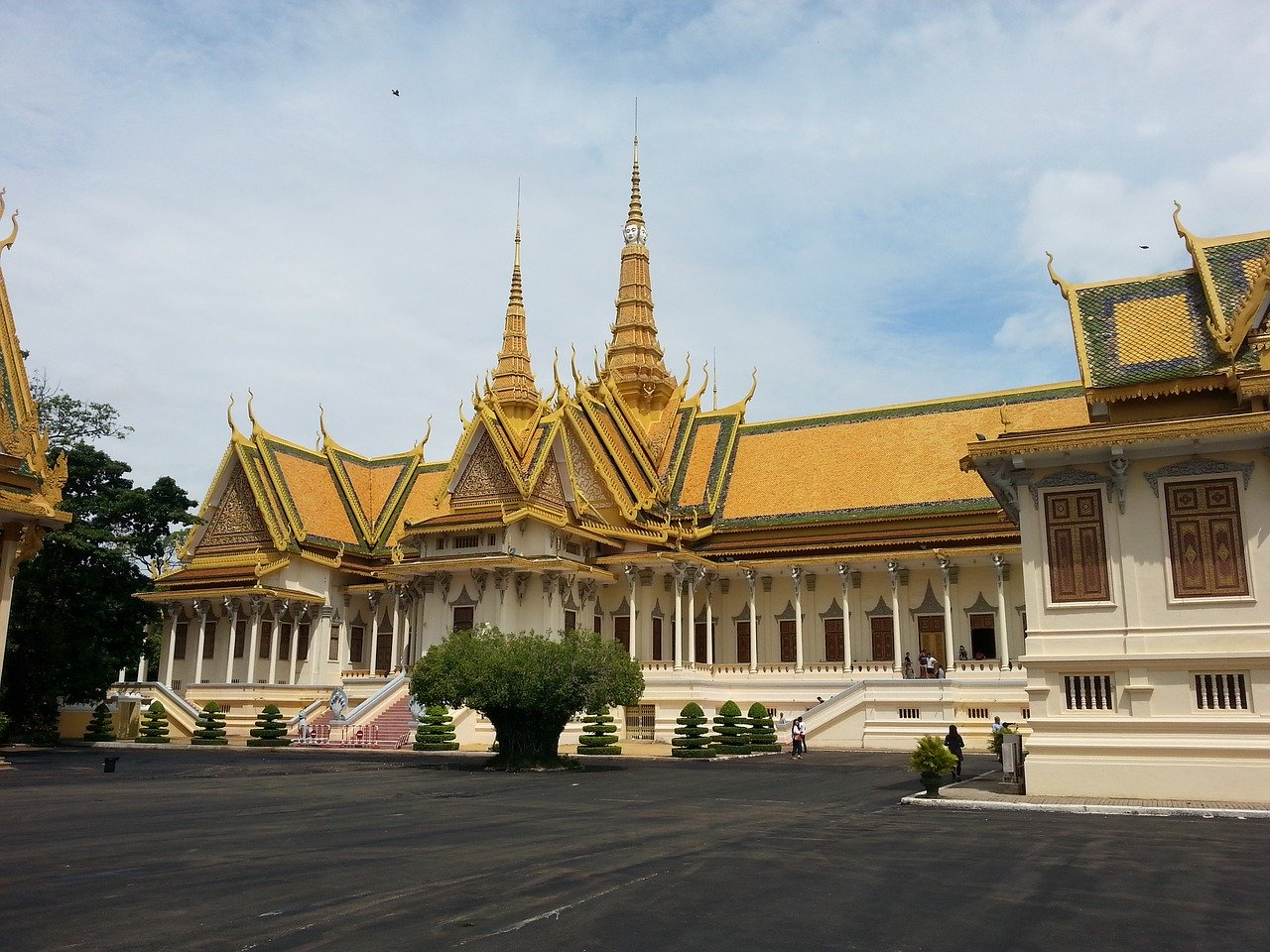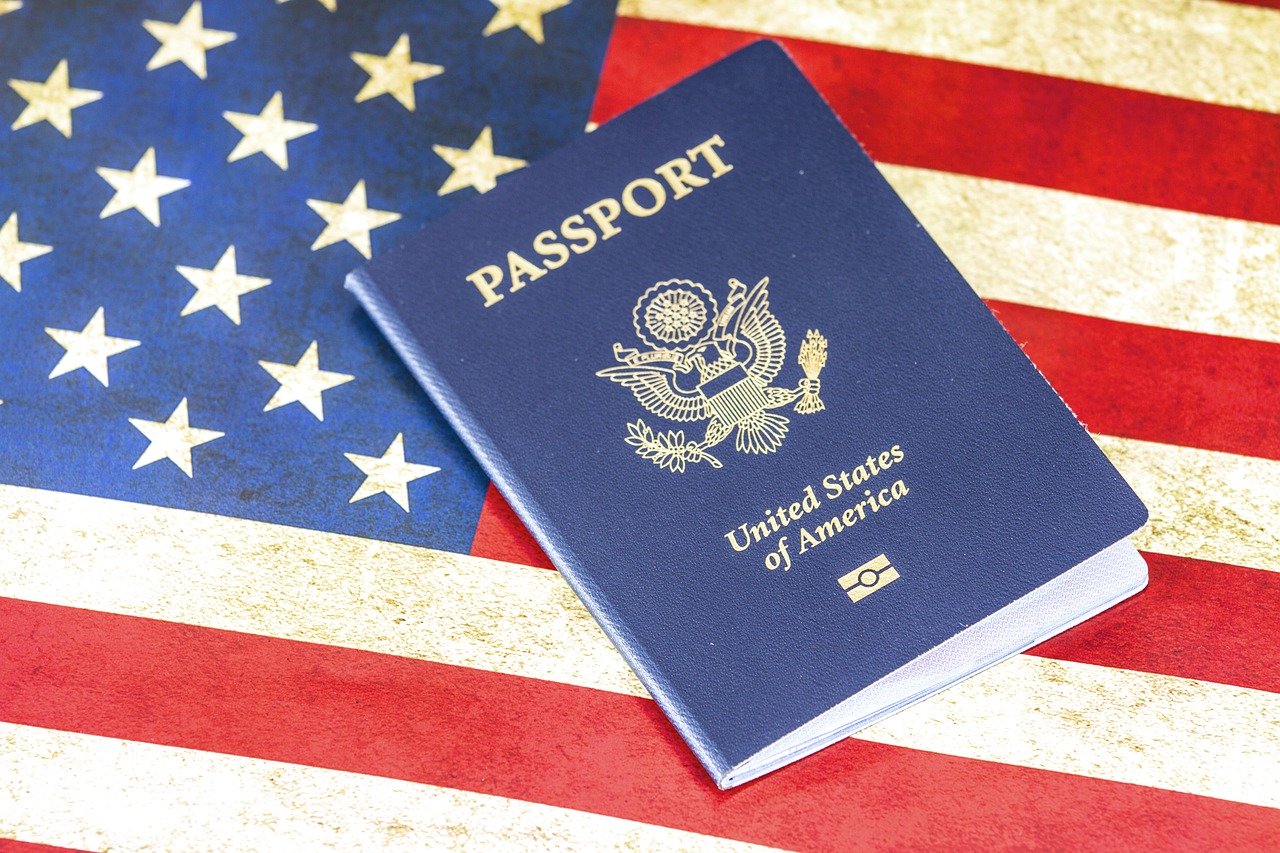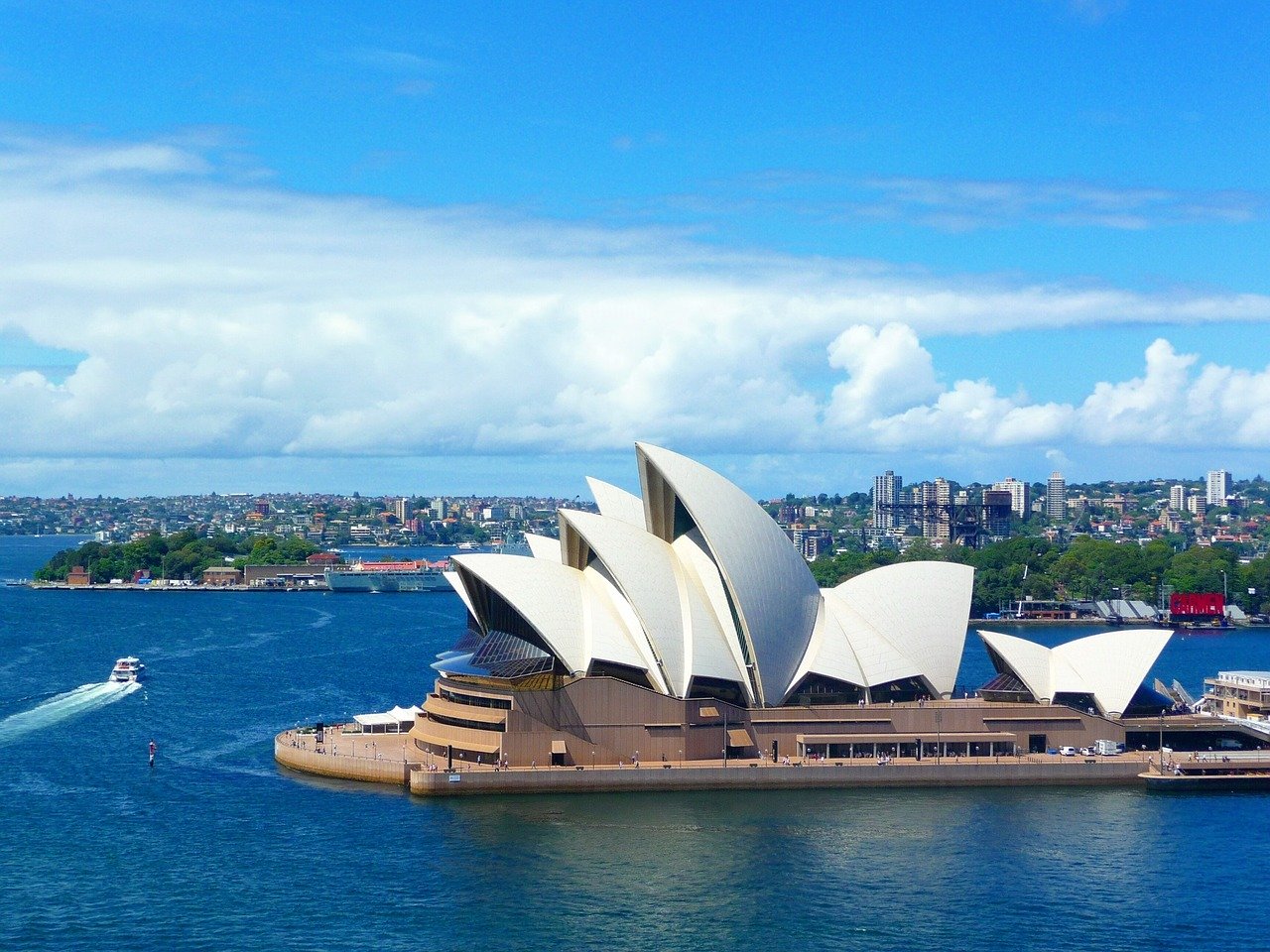By: Lindsay Hogg
Country entry and exit requirements for obtaining a passport visa can often become overwhelming. Especially if you do not know where to obtain this information from.
First thing you should know: information is always changing. If you read in a travel blog that a Travel Visa to Australia is $50 US and allots you a year there, it is a good start, but the chance that that writer often checks with the Australian Consulate to ensure this information is up to date is highly unlikely.
As a traveller, it is your responsibility to be educated on travel and country requirements in relation to where you are going.
How do you do this?
Rather than type ‘travel visas’ into a search engine, the best way to find up to date information about Travel Visa’s is to go directly to government websites. (Specifically your government’s ‘Foreign Affairs and International Trade’ site). If you have trouble finding this, you can go to your countries largest Airline and find the link there:
For example, I am Canadian – I went to Air Canada, clicked on ‘Travel Documents’ and under ‘Travel to and from International Destinations’ I found the link to the CAN Government FAIT. Then under ‘Travel Visa’ I clicked on ‘Australia’.
On the Australian website I found that changes had been made to eligibility and the application process just last year (2008). For an Australian ETA you can apply and pay online through their site. (ETA is an Electronic Travel Authority – which is for travel less than 3 months).
Thus, you understand that this is always changing. DON’T GET YOUR INFORMATION SECOND HAND!
If you are booking through a travel agent, they will have the up to date information on Travel Visa’s that you need and researching this yourself is not required.
Extra Notes and Tips:
– Requirements vary depending on your Country of origin.
– Some Visa’s can take longer to obtain, especially if you are receiving your Visa via post. Make sure you apply for your Travel Visa well in advance.
– Also be prepared when entering certain Countries, that you have documents proving sufficient funds. (That you are able to support yourself through the period of your stay).
– Other documentation and/or information is required when entering specific Countries. (The address where you will be staying and vaccination documentation are examples of some of these).
A Quick Guide to Sites and Cities Down Under
By: Mike Argyle
Sydney
Walk the city as parking spaces are difficult to find and the city is designed to be walkable. George St. is the main street and has great shopping opportunities ranging from Lululemon, an Ugg boutique and a Mac store. Beside George is Pitt St. with equally great shopping. Grab some sushi at Asagaya on Pitt St. before continuing to walk towards the harbour, grabbing some Starbucks before heading towards the Rocks. If you’re there on the weekend, there is the Rocks market for souvenirs. The restaurants along the Rocks have great views but are expensive.
Walk along the harbour, past the Opera House to the Royal Botanical Gardens, making your way to the end for sunset. Beautiful views of the Opera House and Harbour Bridge.
Make sure you take a tour of the Opera House. If something decent is playing, go see a show there, or concert (it has plays, concerts and operas), but otherwise the only way to see the inside is to take a tour. You’ll never be able to see every theatre on the tour because there is always a play or opera going on that requires one to be closed to the public but you can usually see the two biggest ones. Not that expensive – maybe $30/person. Best shots of the Opera House on land are by the Rocks, day or night.
If money isn’t that tight, climb the Harbour Bridge. It takes about 2 hours and has amazing views of the city as well as the Opera House. Do it at dawn or sunset to get the best views, but it’s about $50-$100 more than during the day. Costs about $170/person and well worth it.
If you’re shopping in Sydney for souvenirs, don’t buy everything at the first store you go to, as there are many and they all have roughly the same things at roughly the same price, but there are subtle differences and worth shopping around for. I recommend stuffed animals in a can for $10 each (like a kangaroo, wombat, koala, etc) or a kangaroo scrotum bottle opener for $25.
Be sure to visit St. Mary’s Cathedral as it is free to enter and spectacular on the inside. The crypt is impressive if you want to pay a little to see a sight most people don’t get to see in a normal church.
Walk the Royal Botanical Gardens and sit on the hillside to people watch and soak in the harbour front. Stay until dark to see the city lights come to life – amazing picture opportunities.
Visit Darling Harbour on the other side of George St. for a nice walk and maybe visit the Chinese Friendship Garden. Not as memorable as the Opera House side but is very nicely lit up at night.
Uluru
Known as the Red Centre or Ayers Rock, this is one of the most recognizable sights in Australia. It really is as red as it looks in the pictures and is incredible from up close or a distance, as the rest of the landscape is flat and covered in scrub brush. Lesser known is Kata Tjuta, a series of smaller rocks that jut out of the ground and equally impressive to see – both are relatively close together.
Watch the sunrise from the Uluru base or enjoy a Sounds of Silence Dinner. It is really cool in the morning so dress warmly but the light hitting the rock first thing is amazing – much better than sunset. VERY difficult to get a successful viewing of sunset or sunrise due to cloud cover, so plan to visit it during a span of clear weather. Climbing Uluru is possible but costs extra and is extremely disrespectful to the aborigines who own the land.
Walk through Kata Tjuta. Uluru is a giant rock but because Kata Tjuta is smaller rocks, you can actually get closer to it and walk between them for great pictures. You can’t walk all of it because some is only accessible to aboriginal males, but the accessible parts are impressive nonetheless.
Ride camels in the desert – great sight of Uluru and riding camels is awesome.
Try and check out the night sky while there as you will have few other chances to be this far removed from light pollution. If it’s your first time in the Southern Hemisphere, the sky is much different than in the North – there are more stars and you can actually see the Milky Way. In the Northern Hemisphere there aren’t as many stars in the sky because it’s looking toward the outside of the Milky Way (we’re located on the outer edge of the galaxy) whereas the Southern Hemisphere is looking directly into it. Almost anywhere outside of the major cities in Australia will offer great sights of the sky, but this is one of the best if you’re lucky enough to have a clear night.
Don’t spend more than 2 days in Uluru – you could do everything in 1 day. Staying in the resort is expensive ($200 a night). You could drive from Adelaide to Uluru on route to Alice Springs but it is a very long drive. Flying into Alice Springs and taking a day trip to Uluru takes about 6 hours to get there and the weather is difficult to predict. If you get really lucky the weather will be perfect and you can do everything in one day but spacing it out over a few days will give you more chances to see it.
Sunshine Coast
This region is pretty relaxed and accessible by a bus system as well as a decent railroad. You can fly into it by Maroochydore airport or drive there, an hour north of Brisbane.
Glasshouse Mountains should be visited to get some great pictures and hiking. The landscape is pretty flat except for the few small mountains that jut out of the ground and can be climbed in a few hours with relative ease (Mout Ngungun is probably the easiest and most accessible from the railroad station).
Big Pineapple seems like a tourist trap but it’s pretty interesting to see how pineapples are grown as well as macadamia nuts. Take a tour of the pineapple grove if nothing else because it’s fun and informative.
Noosa is awesome to visit for walking and shopping. The shops are pretty expensive but the beach is amazing and the walking trails through the rainforest are spectacular. Take the coastal path – it’s a great sight and windy – many great photo opportunities.
Australia Zoo is the home of the Crocodile Hunter and something everyone should see while in Australia. It’s kind of surreal to be in his zoo but the amount of stuff in his honour can be kind of creepy.
Cairns
One of the many gateways to the Great Barrier Reef, Cairns is a cool little hippy city that can get boring awfully fast. The city itself is filled with tourist trap shops and bars so the night life is good if you’re there for that. If you’re there for the beach, go to a different town because Cairns is set on a saltwater crocodile infested lagoon that you can’t swim in, and the jellyfish have become a problem in recent years from November until April.
Scuba dive or snorkle the Great Barrier Reef is what you need to do while here and there are many reputable and affordable companies to go with. If you’re unsure whether you will like scuba diving, sign up to snorkel with Passions of Paradise and they will give you the option of scuba diving for an additional fee once out there – otherwise you can just snorkel. In the end, snorkeling isn’t that much different in the sights you will see underwater, except you can go deeper. The reef are so close to the surface that snorkeling can allow you to swim through the reef and see sea turtles as well as clownfish (if you’re lucky) just as easily and cheaper than scuba diving. Reef feels like carpet and is a great experience – do it while you can before the reef disappears.
Milla Milla Falls are the most picturesque falls you will ever see. They are up in the rainforest and mountain spring fed. Swimming in it will take years off your life. A great way to do this is sign up for a tour with On the Wallaby, where they will take you to see the 500 year old Cathedral Fig Tree (amazing), crater lakes for swimming and lunch and then onto Milla Milla Falls, followed by other waterfalls and a giant granite crater. Best thing to do around Cairns.
Kuranda Skyrail gives some pretty good sights of the rainforest and a trip up to the tourist trap town of Kuranda but it could be easily skipped if short on money or time.
AJ Hackett bungee jumping is great if you’re up for it as it is right in the middle of the rainforest. Costs about $100 to jump, or under half of that for the Jungle Swing, which is pretty exciting as well and much less money.
Random Notes
– Try vegemite (a spread for toast or vegetables that only Aussies love)
– There are 3 sports in Australia referred to as Footy – Soccer, Rugby and Aussie Rules Football. The latter of which is a combination of football, soccer, rugby, volleyball and basketball, which the Australians only play against each other.
– Duh, but still… Surfing is huge in Australia
– Most places in Australia are on water restrictions and during the summer or during especially dry periods, water may be limited.



